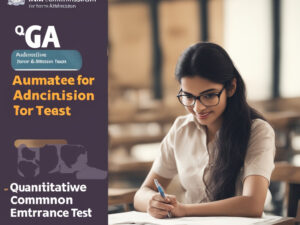Data Interpretation and Logical Reasoning (DILR)
The Data Interpretation and Logical Reasoning (DILR) section of the CAT (Common Admission Test) exam assesses candidates' ability to interpret ...
Show more
- Description
- Reviews

Stars 5
3
Stars 4
0
Stars 3
3
Stars 2
0
Stars 1
0







